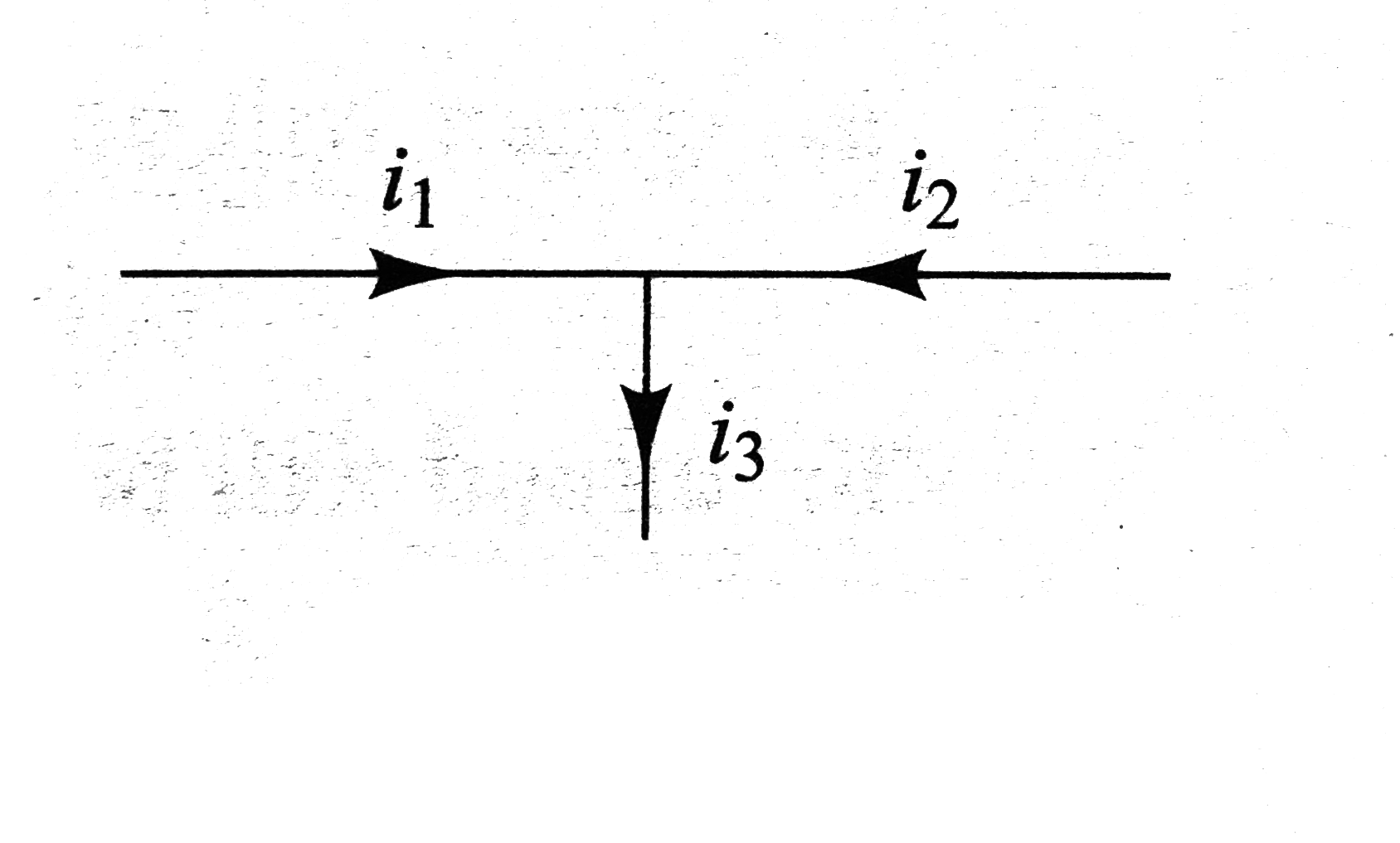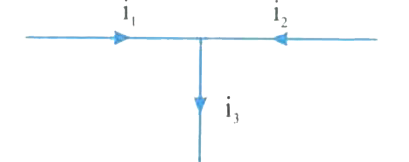Identify which of the following function represent simple harmonic motion.
(i) Y=AeIωt (ii) Y=ae−ωt
(iii) y=asin2ωt (iv) y=asinωt+bcosωt
(v) y=sinωt+bcos2ωt
To determine which of the given functions represent simple harmonic motion (SHM), we need to check if they satisfy the condition for SHM: the second derivative of the displacement with respect to time should be proportional to the negative of the displacement itself. Mathematically, this is expressed as:
d2ydt2+ω2y=0
Let's analyze each function step by step.
Step 1: Analyze the first function Y=Aeiωt
1. Find the first derivative:
dydt=A⋅iωeiωt
2. Find the second derivative:
d2ydt2=A⋅(iω)2eiωt=−Aω2eiωt
3. Check the SHM condition:
−Aω2eiωt+ω2(Aeiωt)=0
This satisfies the SHM condition.
Conclusion for Function 1:
This function represents SHM.
---
Step 2: Analyze the second function Y=Ae−ωt
1. Find the first derivative:
dydt=−Aωe−ωt
2. Find the second derivative:
d2ydt2=Aω2e−ωt
3. Check the SHM condition:
Aω2e−ωt+ω2(Ae−ωt)≠0
This does not satisfy the SHM condition.
Conclusion for Function 2:
This function does not represent SHM.
---
Step 3: Analyze the third function Y=Asin2(ωt)
1. Find the first derivative:
dydt=2Asin(ωt)cos(ωt)=Asin(2ωt)
2. Find the second derivative:
d2ydt2=2Aωcos(2ωt)
3. Check the SHM condition:
2Aωcos(2ωt)≠−ω2(Asin2(ωt))
This does not satisfy the SHM condition.
Conclusion for Function 3:
This function does not represent SHM.
---
Step 4: Analyze the fourth function Y=Asin(ωt)+Bcos(ωt)
1. Find the first derivative:
dydt=Aωcos(ωt)−Bωsin(ωt)
2. Find the second derivative:
d2ydt2=−Aω2sin(ωt)−Bω2cos(ωt)
3. Check the SHM condition:
−Aω2sin(ωt)−Bω2cos(ωt)+ω2(Asin(ωt)+Bcos(ωt))=0
This satisfies the SHM condition.
Conclusion for Function 4:
This function represents SHM.
---
Step 5: Analyze the fifth function Y=sin(ωt)+Bcos(2ωt)
1. Find the first derivative:
dydt=ωcos(ωt)−2Bωsin(2ωt)
2. Find the second derivative:
d2ydt2=−ω2sin(ωt)−4Bω2cos(2ωt)
3. Check the SHM condition:
−ω2sin(ωt)−4Bω2cos(2ωt)+ω2(sin(ωt)+Bcos(2ωt))≠0
This does not satisfy the SHM condition.
Conclusion for Function 5:
This function does not represent SHM.
---
Final Summary:
- Functions that represent SHM:
- (i) Y=Aeiωt
- (iv) Y=Asin(ωt)+Bcos(ωt)
- Functions that do not represent SHM:
- (ii) Y=Ae−ωt
- (iii) Y=Asin2(ωt)
- (v) Y=sin(ωt)+Bcos(2ωt)
dydt=A⋅iωeiωt
d2ydt2=A⋅(iω)2eiωt=−Aω2eiωt
−Aω2eiωt+ω2(Aeiωt)=0
This satisfies the SHM condition.
This function represents SHM.
dydt=−Aωe−ωt
d2ydt2=Aω2e−ωt
Aω2e−ωt+ω2(Ae−ωt)≠0
This does not satisfy the SHM condition.
This function does not represent SHM.
dydt=2Asin(ωt)cos(ωt)=Asin(2ωt)
d2ydt2=2Aωcos(2ωt)
2Aωcos(2ωt)≠−ω2(Asin2(ωt))
This does not satisfy the SHM condition.
This function does not represent SHM.
dydt=Aωcos(ωt)−Bωsin(ωt)
d2ydt2=−Aω2sin(ωt)−Bω2cos(ωt)
−Aω2sin(ωt)−Bω2cos(ωt)+ω2(Asin(ωt)+Bcos(ωt))=0
This satisfies the SHM condition.
This function represents SHM.
dydt=ωcos(ωt)−2Bωsin(2ωt)
d2ydt2=−ω2sin(ωt)−4Bω2cos(2ωt)
−ω2sin(ωt)−4Bω2cos(2ωt)+ω2(sin(ωt)+Bcos(2ωt))≠0
This does not satisfy the SHM condition.
This function does not represent SHM.
- Functions that represent SHM:
- (i) Y=Aeiωt
- (iv) Y=Asin(ωt)+Bcos(ωt)
- (ii) Y=Ae−ωt
- (iii) Y=Asin2(ωt)
- (v) Y=sin(ωt)+Bcos(2ωt)
Topper's Solved these Questions
- LINEAR AND ANGULAR SIMPLE HARMONIC MOTIONBOOK - CENGAGE PHYSICSCHAPTER - LINEAR AND ANGULAR SIMPLE HARMONIC MOTIONEXERCISE - Solved Example
15 Videos
- LINEAR AND ANGULAR SIMPLE HARMONIC MOTIONBOOK - CENGAGE PHYSICSCHAPTER - LINEAR AND ANGULAR SIMPLE HARMONIC MOTIONEXERCISE - Exercise 4.1
23 Videos
- KINETIC THEORY OF GASES AND FIRST LAW OF THERMODYNAMICSBOOK - CENGAGE PHYSICSCHAPTER - KINETIC THEORY OF GASES AND FIRST LAW OF THERMODYNAMICSEXERCISE - Interger
11 Videos
- MISCELLANEOUS KINEMATICSBOOK - CENGAGE PHYSICSCHAPTER - MISCELLANEOUS KINEMATICSEXERCISE - Interger type
3 Videos
Similar Questions
Knowledge Check
If i1=3sinωtand(i2)=4cosωt, then (i3) is
 A5sin(ωt+53∘)B5sin(ωt+37∘)C5sin(ωt+45∘)D5sin(ωt+35∘)
A5sin(ωt+53∘)B5sin(ωt+37∘)C5sin(ωt+45∘)D5sin(ωt+35∘)Out of the following functions representing motion of a particle which represents SHM
I. y=sinωt−cosωt
II. y=sin3ωt
III. y=5cos(3π4−3ωt)
IV. y=1+ωt+ω2t2AOnly IV does not represent SHMBI and IIICI and IIDOnly IFind the resultant amplitude of the following simple harmonic equations :
x1=5sinωt
x2=5sin(ωt+53∘)
x3=−10cosωtA5B10C15D20
Find time period of the function, y=sinωt+sin2ωt+sin3ωt
View SolutionThe r.m.s. value of I=I1sinωt+I2cosωt is
View SolutionEquations y=2Acos2ωtandy=A(sinωt+√3cosωt) represent the motion of two particles.
View SolutionThe ratio of amplitudes of following SHM is x1=Asinωtandx2=Asinωt+Acosωt
View SolutionThe resultant amplitude due to superposition of three simple harmonic motions x1=3sinωt,
x2=5sin(ωt+37∘) and x3=−15cosωt is
View Solution
